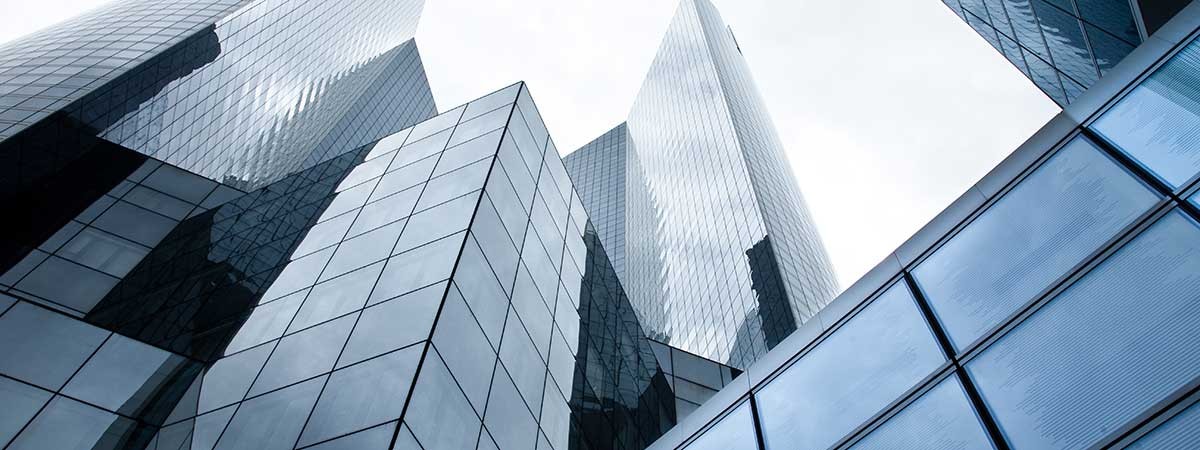Huge glass fronts are a feature of modern high-rise architecture. They are designed to allow plentiful daylight deep into a building. And yet, rooms barely heat up even in sunshine. A special coating on the panes lets the light through, blocks the high-energy rays and at the same time inhibits heat loss at low temperatures.
Nanometer-thin layers
The layers are applied by sputtering. This allows the carrier materials to be provided with layers of metal, oxides, nitrides and other compounds. The layers are micrometer- or even nanometer-thin. Tin oxide, gold, silver and copper are among the materials used for sun protection and thermal insulation on architectural glass. Other materials enable the manufacture of ultra-thin flat screens and touch screens.Sputtering takes place in a vacuum chamber. The coating material (target) is placed opposite the work piece (substrate) to be coated. The chamber is then evacuated and an inert gas – usually argon – is introduced. At the same time, several hundred volts are applied.
Atomic billiards
The high voltage causes argon ions with enormous energy to hail down on the target. Like billiard balls, they release atoms from the coating material through a shock cascade. The released atoms fly to the substrate, where they condense like water vapor on the bathroom mirror as a thin layer.By using additional magnetic fields in magnetron sputtering, faster material removal at the target is achieved and the process can be accelerated. During sputtering, the operating pressure in the vacuum chamber does not exceed 0.1 millibar. In this way, the "material vapor" reaches the substrate unchecked and without impurities. Under these conditions, wafer-thin, homogeneous and at the same time extremely smooth, dense and adherent layers are formed – even on meter-high glass panes.
